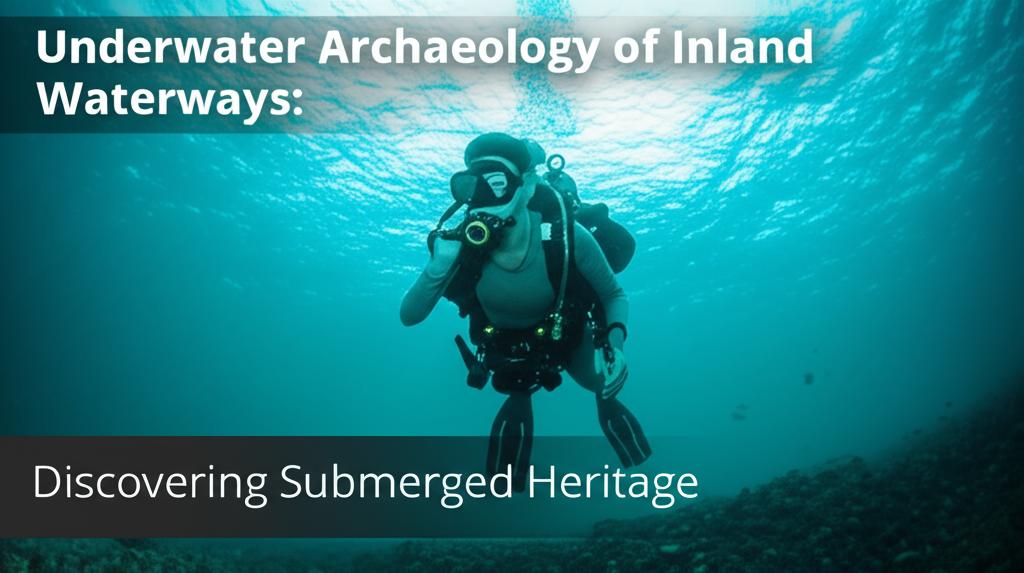Inland waterways – our rivers, lakes, and canals – are increasingly recognized as rich repositories of submerged cultural heritage, offering unique insights into past human lives and environments. The field of underwater archaeology in these freshwater settings is undergoing a dynamic phase of discovery and technological advancement, even as it grapples with challenges like climate change and development pressures.
A significant aspect of recent work revolves around understanding submerged landscapes. Fluctuating water levels, sometimes altered by human activity like canal and dam construction or by the dramatic effects of climate change-induced droughts, are both revealing and threatening these underwater sites. For instance, receding waters in various parts of the world have exposed previously unknown archaeological features, from ancient settlements and megalithic structures like the "Spanish Stonehenge" in the Valdecanas reservoir, to historical artifacts such as WWII bombs. These events underscore the direct impact of environmental shifts on submerged heritage and present urgent opportunities for archaeological investigation.
Technological innovation is a major driver in the evolution of inland waterway archaeology. Advanced remote sensing techniques, including side-scan sonar, magnetometers, satellite imagery, and 3D photogrammetry, are enabling archaeologists to survey and map submerged sites with greater accuracy and less physical intervention. Remotely Operated Vehicles (ROVs) and Autonomous Underwater Vehicles (AUVs) are becoming indispensable tools for exploring and documenting sites, especially in deeper or more hazardous waters. These technologies not only enhance data collection but also create new avenues for public engagement, such as "underwater museum" experiences using ROV footage.
Recent discoveries span a wide array of site types and historical periods. In addition to shipwrecks, which remain a significant focus, research is uncovering submerged prehistoric settlements, ancient port structures, fish traps, and even entire inundated landscapes that hold clues to early human migration and adaptation to changing environments. Studies in locations like the Great Lakes in North America and Andean lakes in South America are revealing complex histories of human occupation and ritualistic use of these water bodies. The exploration of submerged prehistoric sites, in particular, is gaining momentum, offering the potential to fill gaps in our understanding of human history that extends back tens of thousands of years.
The industrial heritage of canals and river navigation is another important area of investigation. Many canal systems, some dating back centuries, are recognized as significant cultural landscapes, embodying feats of engineering and reflecting past economic and social systems. The archaeology of these waterways involves not just the physical structures of the canals themselves, but also associated features like locks, wharves, and the remains of vessels that plied these routes.
However, the underwater cultural heritage in inland waterways faces numerous threats. Besides the impacts of climate change, coastal and riverside development, pollution, unregulated salvage, and treasure hunting pose significant risks to the preservation of these finite and irreplaceable resources. This highlights the critical need for effective heritage management strategies, including robust legal protection, thorough documentation, and proactive conservation measures.
The future of underwater archaeology in inland waterways will likely see a continued emphasis on interdisciplinary collaboration, integrating archaeological methods with expertise from geosciences, environmental science, and Indigenous knowledge. There's a growing call for holistic approaches that consider submerged sites within their broader cultural and environmental landscapes. As technology continues to evolve and as awareness of the rich heritage beneath our inland waters grows, the potential for new discoveries and a deeper understanding of our collective past remains immense.

